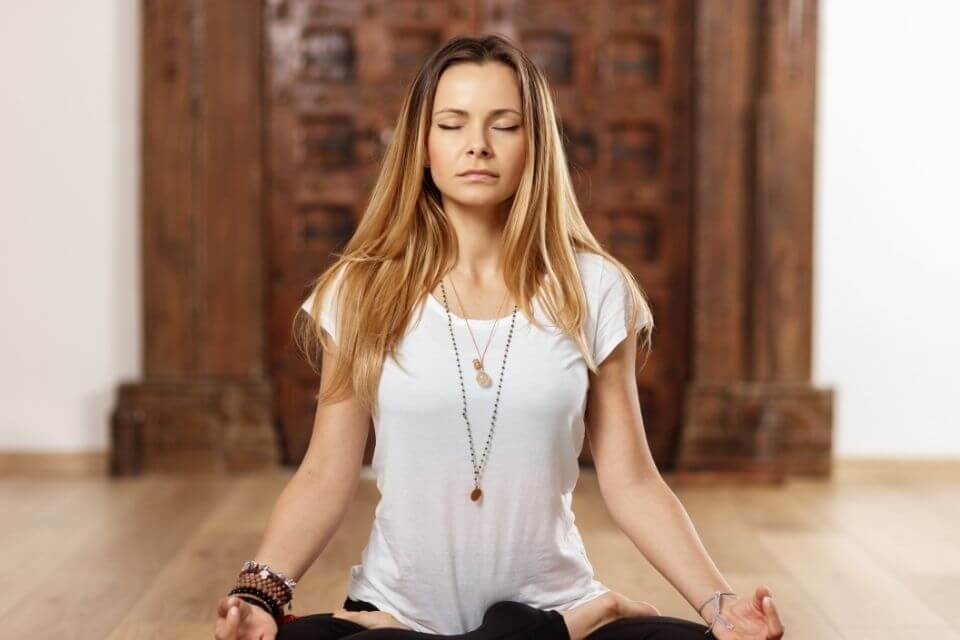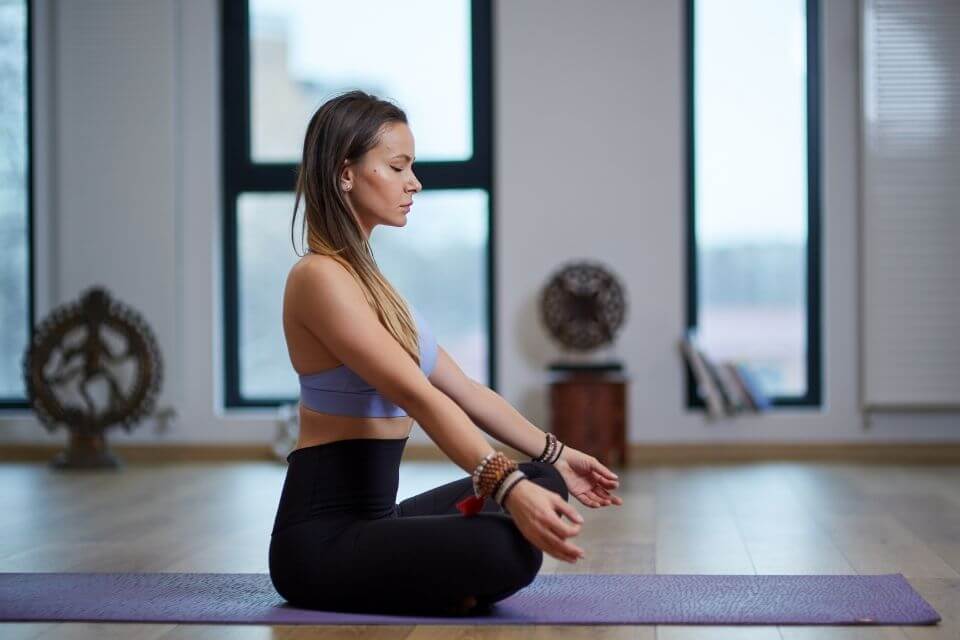What is Pranayama? Pranayama is a Sanskrit word, and it is a combination of two words. One is “Prana,” which means breath or vital energy in the body, and the second word is “Ayama” which means control. Pranayama means control of breath. In this article, we will be focusing on how many pranayamas are there in yoga?
There are many varieties of pranayama in yoga, and they can be categorized based on their purpose. Some examples of pranayama are breath work, relaxation techniques, purification practices, and energy enhancement. Each type of pranayama has its own benefits and should be used in the appropriate context for the best results.

Pranayama is a set of breathing techniques and practice where the breath is purposely regulated. This practice has been traced back to ancient India and has been done for thousands of years.
Individuals can control their pranic energy by using Pranayama to help achieve a healthy mind, body, and soul. Patanjali in Yoga Sutras mentioned that Pranayama helps attain one’s higher state of awareness. By holding one’s breath, is a helpful practice of reaching Samadhi or a state of enlightenment. Hatha yoga has 8 types of Pranayama. The practice of Pranayama helps an individual achieves the balance of the different pranas, therefore, resulting in a healthy mind, quality of life, and healthy body. Together, these practices are responsible for the many benefits of yoga.
What are the Types of Pranayama?
1. Breath Retention or Kumbhaka
It is the central practice of Hatha pranayama. There are two retention types. The first one is after an inhale or Antara (inside or interior), and the second is after an exhale or bahya (outer or exterior). Kumbha means pot. The human torso serves as a container for the breath, and it has two openings at the throat and the base of the pelvis. In this way it plays an important role in keeping the body temperature under control.
2. Conqueror Breath or Ujjayi Pranayama
Ujjayi means to become victorious. It is the conquering breath or victorious breath. This Pranayama creates a sound in the throat. It helps lower blood pressure, and it helps stimulate Udana, which is responsible for the functions of speech, memory, immune system, and an individual’s enthusiasm.
3. Channel Cleaning Breath or Nadhi Shodhana
Nadi means channel, and Shodhana means cleansing or purifying. It helps balance the three doshas – mind, body, and soul. This Pranayama is sometimes used as a preparation for other pranayamas.
4. Single Nose Breath or Surya Bhedana (Sun Piercing) and Chandra Bhedana (Moon Piercing)
Individuals who have high blood pressure or heart problems must avoid performing Surya Bhedana. It is also not advisable to do both breaths on the same day.
5. Skull Shining Breath or Kapalabhati
This Pranayama is an internal cleaning technique, and it is usually used for a warm-up Pranayama.
The air from the lungs is exhaled forcefully while the inhalation is done involuntarily. Many individuals who practice meditation use this Pranayama as a beginning step of the meditation process. This Pranayama makes an individual increase their concentration and alertness. It helps strengthen abdominal muscles and burn calories, and helps balance the Kapha.

6. Humming Bee Breath or Bhramari Pranayama
This Pranayama is a calming breathing technique. It helps soothe the nervous system and allows an individual to connect with their inner self.
7. Cooling Breath or Sheetkari and Sheetali Pranayama
Both are coolant breathing exercises. These Pranayama promotes mental relaxation, lower blood pressure, and deal with excess body heat, especially during hot summer days. Sheetkari is for those individuals who cannot roll their tongues.
8. Bellow’s Breath or Bhastrika Pranayama
This Pranayama is sometimes treated as a kriya or a cleaning action. It helps prepare the other pranayama techniques and also cleans the airways.
9. Yoga of Sound Breath or Svara Yoga Pranayama
Increases an individual’s breath control and awareness.
10. Interrupted breathing or Viloma Breathing
Helps prepare for deep breathing.
11. Alternate Nostril Breathing
Alternate nostril breathing can help increase the oxygen supply in the body.
12. Natural Breathing
This pranayama is also known as breath awareness. It is the starting point of an individual working with his breath.
13. Abdominal Breathing
This should be practiced before doing any pranayama. Always remember to breathe using the diaphragm.
14. Thoracic Breathing
This type of breathing helps create awareness of how an individual must breathe. It is a stepping stone before learning yogic breathing.

What are the Benefits of Practicing Pranayama?
- It helps improve an individual’s circulatory system.
- Prevents heart problems.
- It helps relax the mind and the body, perfect for individuals experiencing too much stress and anxiety.
- It helps deal with stress, depression, anxiety.
- It helps lower blood pressure; it is advisable for individuals who have hypertension.
- Breathing control is improved; individuals who are suffering from asthma can find relief from this.
- It helps improve the function of the body’s different organs and systems.
- It helps increase an individual’s self-confidence and improves their self-awareness.
What are the Tips When Performing Pranayama?
- Pranayama must be done on an empty stomach. Make sure to do it before you eat meals. An individual must have 5 hours gap from each meal before practicing Pranayama. Pranayama can be done in the morning after waking up or in the evening. Drink 2 glasses of warm water and go for a brisk walk. These can aid your digestion process.
- When you practice Pranayama, it helps develop positive thinking. It also boasts a person’s energy and confidence level. Positive thinking can help develop positive energy and cure a person’s disease.
- The yoga room or studio must be clean and have open windows for fresh air.
- Women who have menstrual periods must not practice Pranayama. The mind must be relaxed, without any worry or tension.
- Pranayama must be practiced regularly to reap and experience its benefits.
- Pranayama must be done daily and in the morning with a duration of 40-45 minutes.
Regularly practicing Pranayama can help a person’s overall health, and these breathing exercises can be used to prevent heart problems and cure other diseases. Always consult an expert so you will know all the necessary information when practicing Pranayama. Before subjecting yourself to any activities, make sure to consult your healthcare provider
In conclusion, pranayama is an important part of yoga. There are many different types of pranayama, and each one has its own benefits than regular practice. Take several deep breaths, such as dhirga or ujjayi to center the mind and body. If you want to improve your yoga practice, be sure to add pranayama to your routine.
